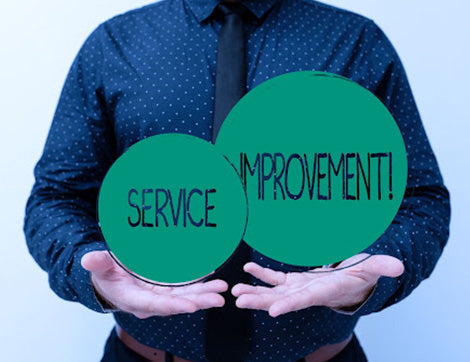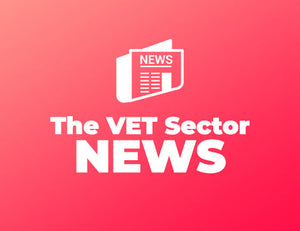
Customer complaints are your opportunity to drive continuous improvement
SUKH SANDHUCustomer complaints are your opportunity to drive continuous improvement
There is no organisation that isn't subject to complaints from time to time. In the case of Registered Training Organisations (RTOs), complaints are governed by the Standards for RTOs 2015. Standard 6 requires RTOs to have a system in place for managing complaints.
While it's obviously important to deal with complaints in a timely and effective manner, it's also important to see them as an opportunity for continuous improvement. After all, if someone has taken the time to make a complaint, they obviously feel strongly about something that your RTO is doing (or not doing). By taking a proactive approach to complaints management, you can turn a negative experience into a positive one for both your organisation and your clients.
By working to resolve complaints quickly and effectively, you can not only improve the learner experience but also use complaints as a way to identify systemic issues and areas for improvement within your organisation.
So what can you do to turn a complaint into an opportunity for positive change?
Here are three suggestions:
1. Use complaints as a trigger for review
Complaints can be a valuable source of information about where your RTO's processes or procedures may be falling short. They can also highlight areas where staff may need more training or support.
Whenever a complaint is received, take the time to review the situation and see if there are any changes that could be made to prevent similar problems from happening in the future.
2. Communicate with complainants
It's important to keep complainants updated on the progress of their complaints and what actions are being taken as a result. This will help to build trust and confidence in your RTO's complaint-handling process.
3. Use feedback to improve your processes
Once a complaint has been resolved, take the time to follow up with the complainant to get their feedback on how the process was handled. This feedback can be used to improve your procedures for dealing with complaints in the future.
There are a few key things to keep in mind when managing complaints:
- Complaints should be managed in a confidential and respectful manner.
- All complaints should be investigated thoroughly and promptly.
- Corrective action should be taken where necessary.
- Feedback should be provided to the complainant on the outcome of their complaint.
Here are some tips on how to use complaints for continuous improvement:
- Make sure you have a clear and accessible complaints policy and procedure. This will help ensure that all complaints are dealt with in a consistent and fair manner.
- Encourage clients to give feedback, both positive and negative. Feedback is essential for continuous improvement, but it can be hard to get if you don't ask for it.
Use complaints as an opportunity to review your policies and procedures. Are they working as intended? Do they need to be updated or improved?
Be open to suggestions from clients on how you could improve your services. They are the ones who use your services on a day-to-day basis, so their feedback is invaluable.
Take action on the feedback you receive. This shows clients that you are serious about making improvements based on their input.
By taking a proactive approach to complaints management, you can turn a negative experience into a positive one for both your organisation and your clients. By using complaints as an opportunity for continuous improvement, you can ensure that your organisation is providing the best possible service to its clients.
An effective complaints management system will help you to resolve issues quickly and efficiently, while also providing valuable insights into areas of improvement within your organisation. By using complaints as a way to drive continuous improvement, you can ensure that your organisation is providing the best possible experience for all learners.
RECENT POSTS





